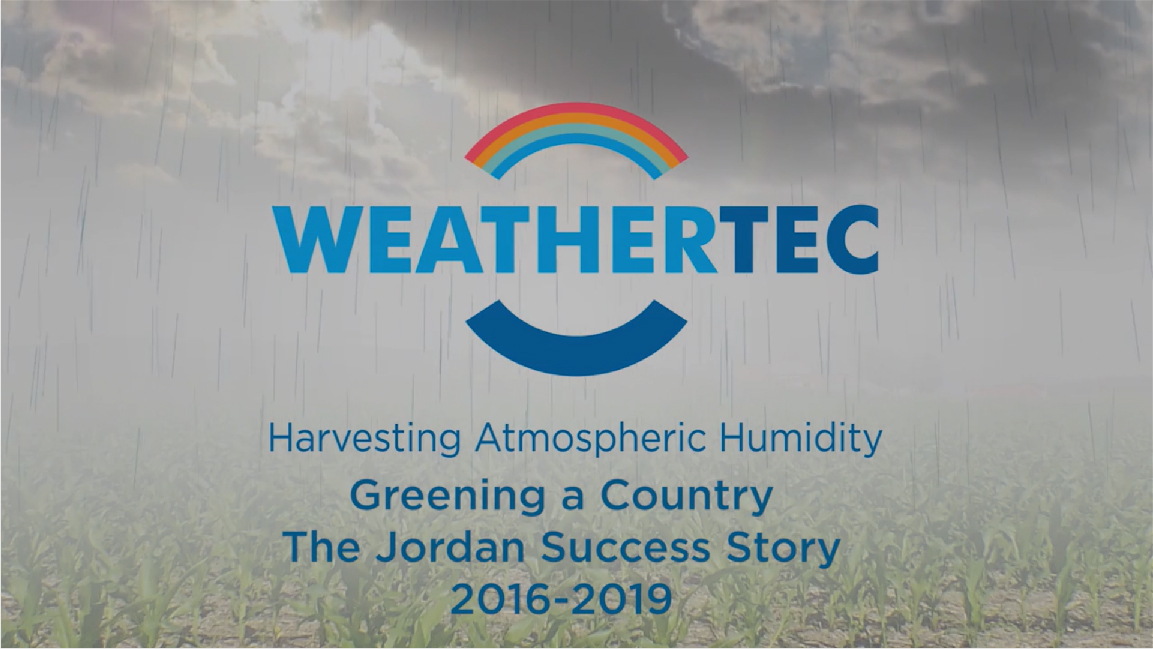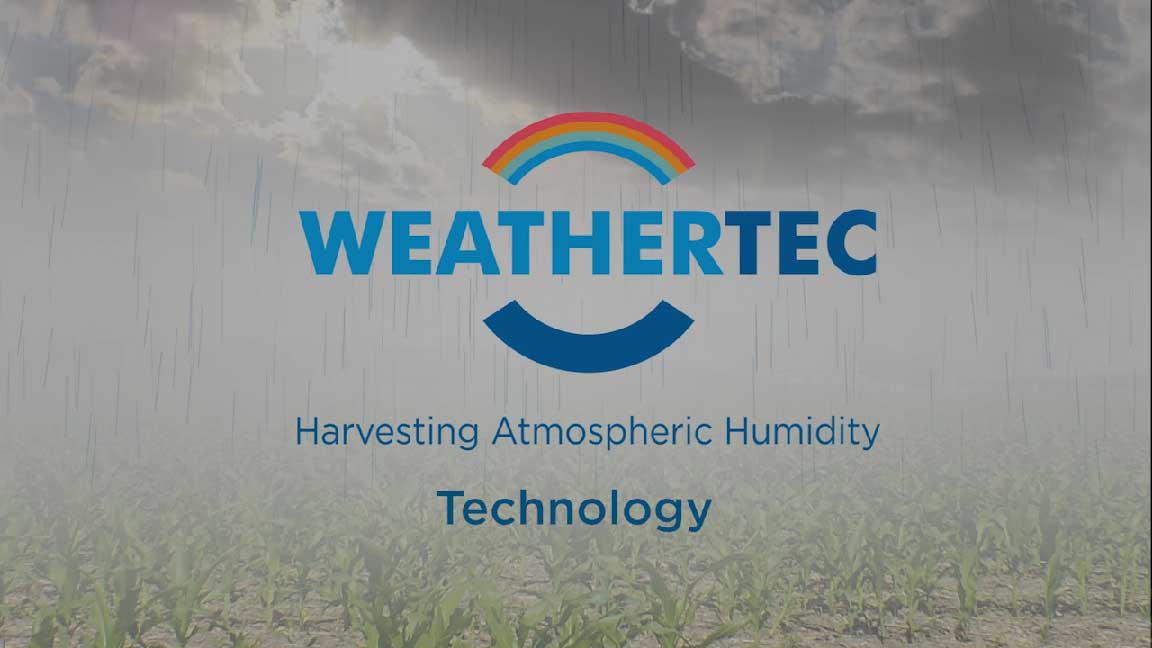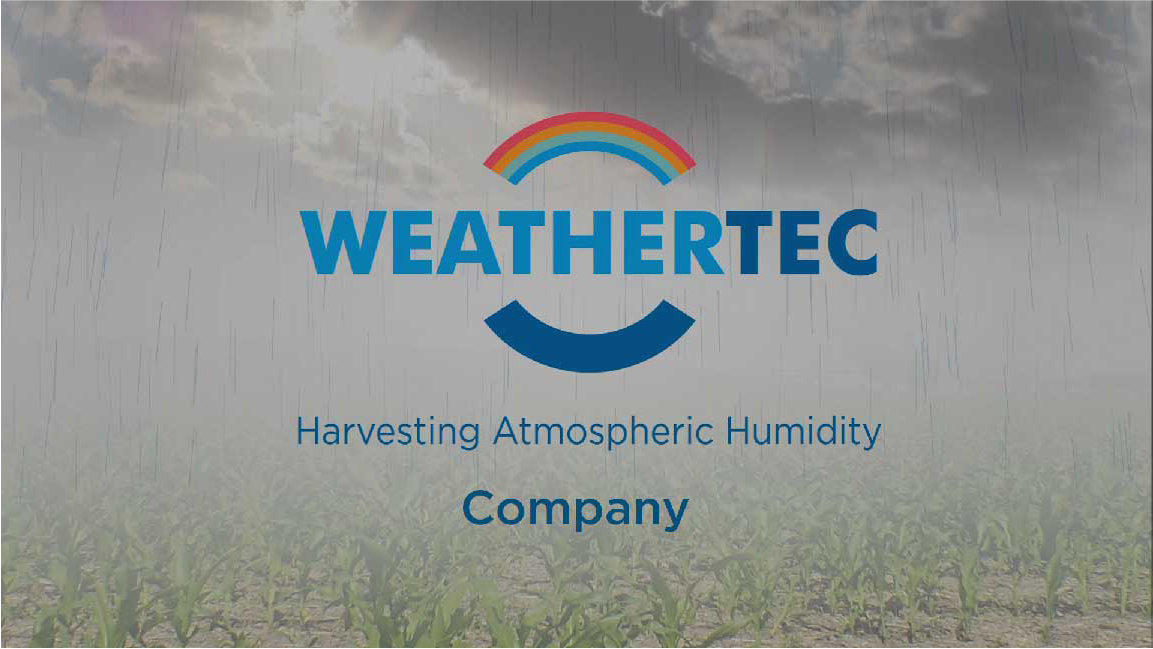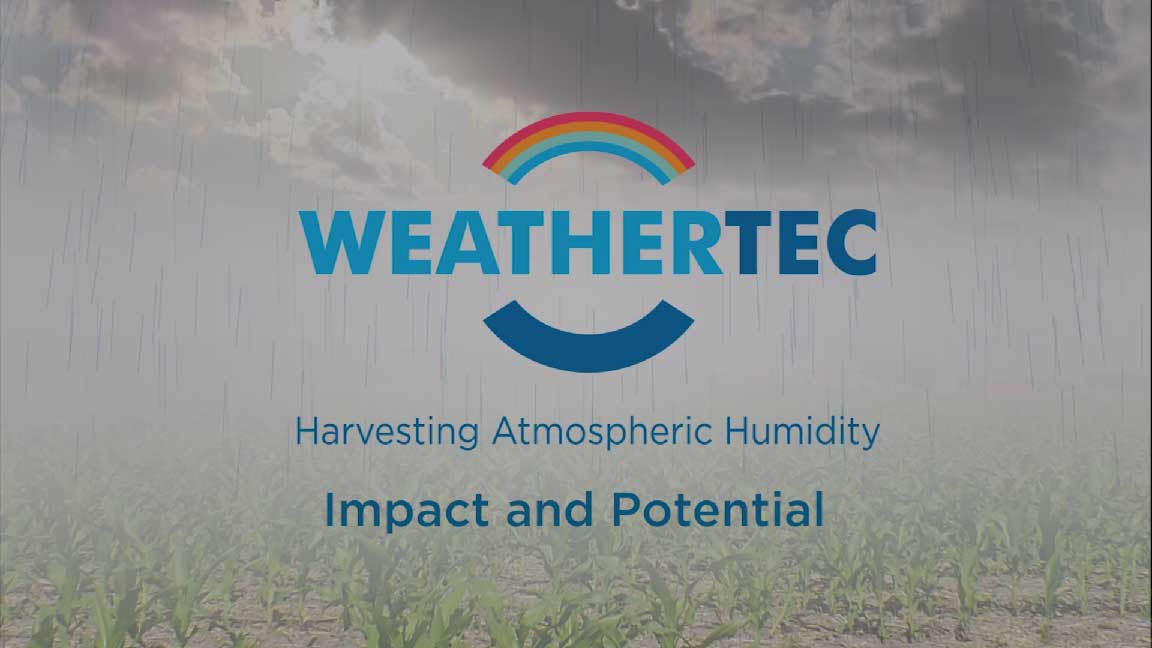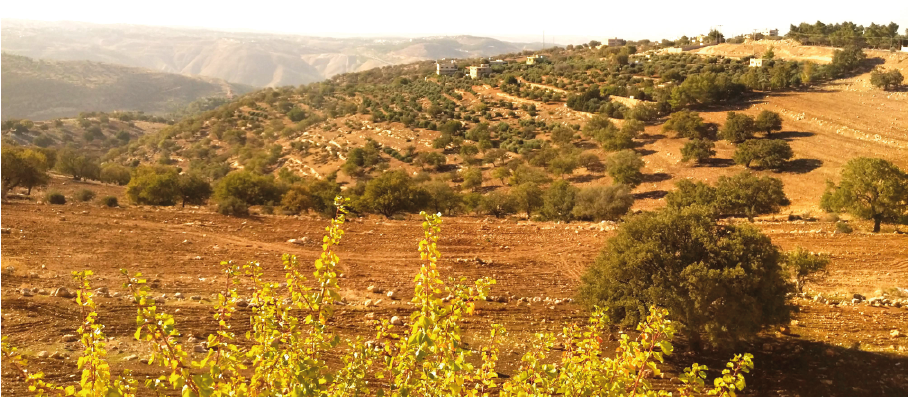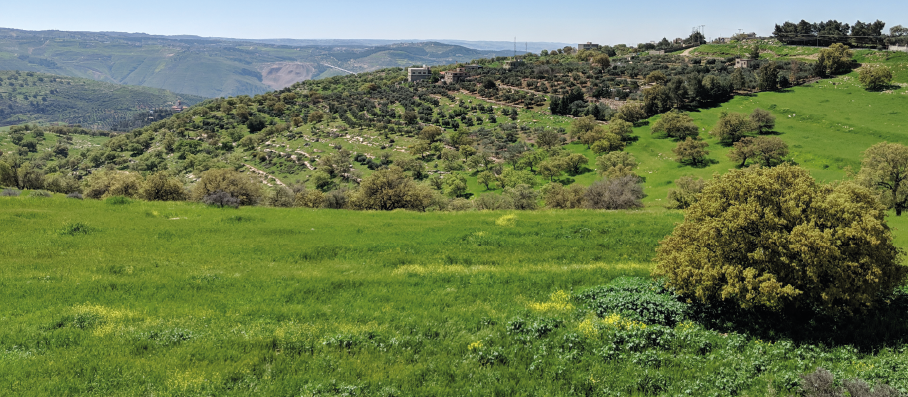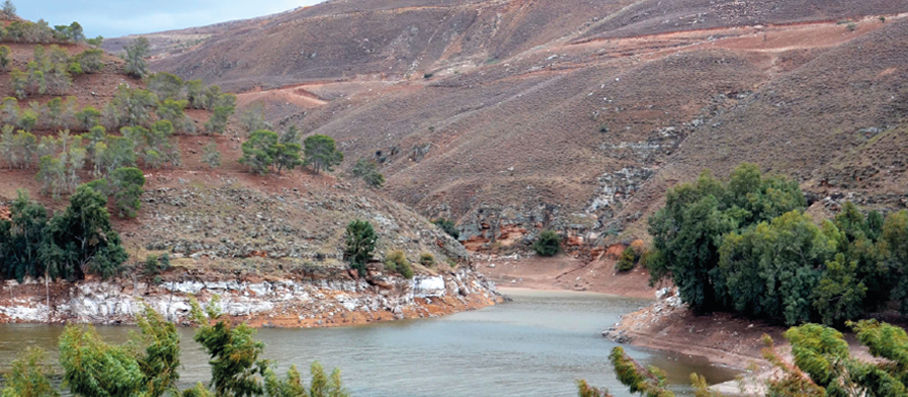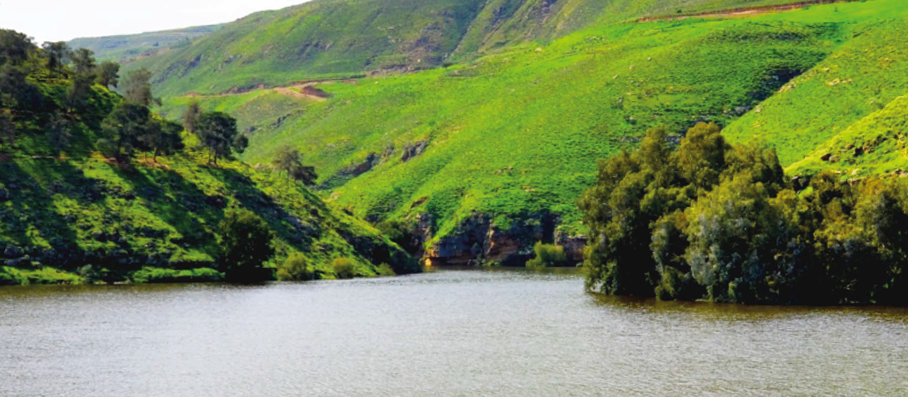RainMaker operational area is approx. 5,000-10,000 km2 per project
RainMaker Mitigates
Water
• Water Market worldwide: $600 billion, in 2025: $1 Trillion
• RainMaker can bring water security to a billion people
• Filling Rivers, Dams and Lakes, as well as groundwater storage
• Restoration of the ecosystem by fighting droughts
• Large scale Irrigation of agriculture and forestry
• Recharge of ground water and long-term aquifers
• Supporting repairing wetlands
• Snowfall enhancement: increase water availability in spring and summer
• Snowfall over glaciers prevents fast melting process
Agriculture
• Agricultural areas in need of irrigation worldwide: 50-60%
• RainMaker can extend agricultural productivity in semi-arid regions by app 30%
• RainMaker can increase agricultural land: worldwide app. 20m km2
• More precipitation days per season
• Prolongation of a wet season on a couple of months
• Enabling the growth of more water intensive crops
• Potential to increase crop harvest frequency
Forestry
• Rainmaker’s precipitation is the only efficient way to irrigate large forest areas
• Rainmaker’s (re-)forestation potential is some million km2, which means billions of trees
• Restoring soil-moisture feedback mechanism
• Supporting new forest areas watering for the first three years, till the point they become self-sustaining
• Enabling the growth of higher water-consuming tree species
Energy
• RainMaker can be the backbone for Hydropower in the future
• Sustainable and sufficient additional water to reach critical production level
• Preventing severe and prolonged droughts
• RainMaker secures multifunctioning hydro-system benefits: power generating resource, drinking water in the reservoirs, decreased reliance on coal-fired and nuclear
power plants, thereby saving money and cutting carbon emissions,
Mining
• RainMaker triggers with higher water availability higher efficiency in mining production and less environmental destruction
• It can mitigate the main problem of acid mine drainage. High volume of rainwater reduces the acidity.
• Revitalization of former mining areas is mostly only lacking water
Security
• RainMaker can finally prevent “Wars on Water”
• RainMaker is awarded as the best solution to fight migration by Vatican’s Laudato Si Challenge Award 2018
• It can mitigate water stress and drought impact as the increasing threats to national and international security for many countries
• RainMaker can help that transborder rivers and lakes do not become areas of violence and general destabilization.
Heat
• RainMaker’s can increase cloud coverage, even if there is not enough humidity for precipitation:
• Temperature decline of app. 5° Celsius and more is possible
• Creation of “Comfort Climate” proven during many projects, especially in the Arab countries
• RainMaker’s impact is a higher life quality, better health for human beings and livestock
• Extensive energy savings by less air conditioning
• Benefits for agriculture and forestry
• Less vaporization of water table and preservation of soil humidity
Wildfires
• RainMaker initiates preventive rainfall events to help combat wildfires
• Efficient increase of soil humidity and filling water systems during wet seasons or with snowfall during winters: the point of drying out shifts towards fall or the next wet season
• The soil, plants and trees stay irrigated and do not burn easily
• Extinguishing fires is only possible with strong, lasting rainfalls
• RainMaker is existential for the burned regions as agriculture and forests have to be restored asap after the damage.
Smog
• RainMaker is the only solution for a large scale smog mitigation
• Enhanced rainfall events remove aerosols of natural or industrial origin in highly polluted regions: “Washing out the Air”.
• This effect can be used best on a permanent basis for prevention of dangerous air pollution levels
CO2 Emission
• RainMaker is a Zero CO2 technology
• RainMaker’s large-scale rainfalls save millions of tons CO2 for normal pumping and piping or desalination every month
• Its indirect effect is larger when enabling CO2 sequestration by irrigating forestry and agriculture over millions of hectares
